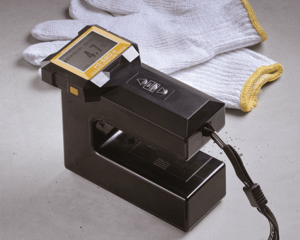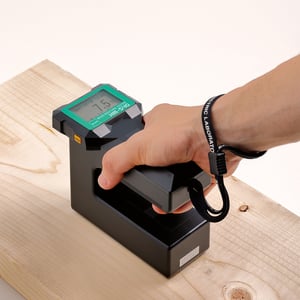 In many industries, businesses operate under the belief that they are merely selling commodities—generic products where price competition is fierce and margins are thin. This mindset often leads to cost-cutting measures, particularly in areas like safety and maintenance, under the assumption that such expenses harm the bottom line. However, this approach overlooks a critical factor: efficiency is not just a cost center, it's a significant driver of profitability, even—or especially—in commodity-driven sectors.
In many industries, businesses operate under the belief that they are merely selling commodities—generic products where price competition is fierce and margins are thin. This mindset often leads to cost-cutting measures, particularly in areas like safety and maintenance, under the assumption that such expenses harm the bottom line. However, this approach overlooks a critical factor: efficiency is not just a cost center, it's a significant driver of profitability, even—or especially—in commodity-driven sectors.
Take the example of a paper mill, a business that quite literally turns water and pulp into a commodity: paper. One key to profitability in such an operation is the efficiency of the manufacturing process, and a crucial aspect of that efficiency is maintaining the right moisture levels in the paper. Here's where the real-world implications of cutting corners become evident.
The cost of measuring equipment, like a handheld moisture meter, can seem prohibitive at first glance. These devices can cost around $17,000 to purchase outright or $400 per month to lease. Additionally, maintaining calibration might add seemingly minor costs—about $20 a day. At first glance, managers might balk at these figures, considering them extraneous in the relentless pursuit of cost reduction. But let's break down the actual cost of ignoring such tools and processes. Failing to monitor and adjust the moisture content in paper properly can lead to a subpar product, decreased machine efficiency, and increased waste—all of which erode the thin profit margins even further. Moreover, the costs associated with suboptimal moisture levels can far exceed the "savings" garnered from not investing in proper equipment and maintenance.
Once stakeholders can recognize the correlation between investment in efficient processes and overall savings, the decision becomes clear. By leasing the necessary equipment and ensuring it is well-maintained, they can actually enhance their bottom line rather than diminish it. The initial investment in the right tools and processes safeguards against the far greater losses of inefficiency and waste.
Businesses in commodity markets often fall into the trap of equating lower immediate costs with higher profits. However, as seen in the paper mill scenario, the reality is that efficiency, safety, and maintenance are not just cost centers—they are critical components of a successful business strategy. Reducing expenses is undoubtedly important, but not at the cost of the very efficiency that sustains business operations.
In conclusion, companies in bulk or commodity businesses must rethink their strategy around costs and efficiency. It's not just about spending less but spending smart. Investing in the right areas can lead to significant savings and more sustainable profitability, transforming how commodity businesses operate and thrive in competitive markets.


